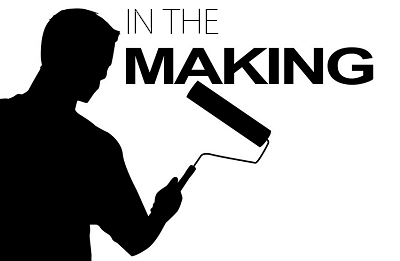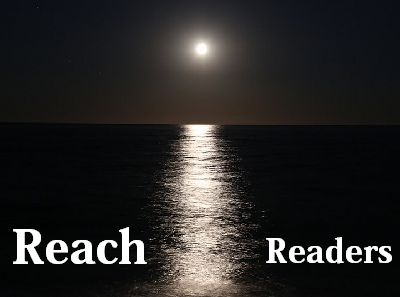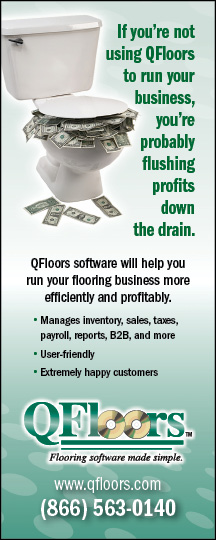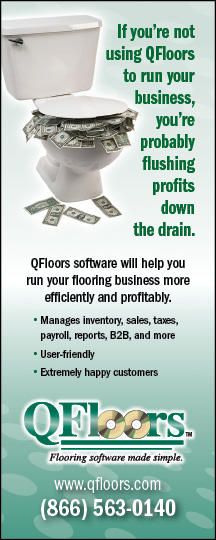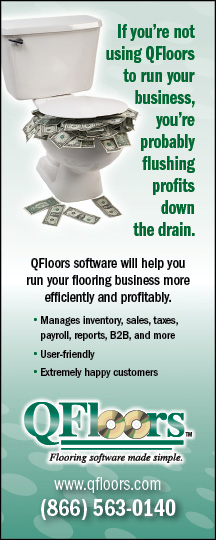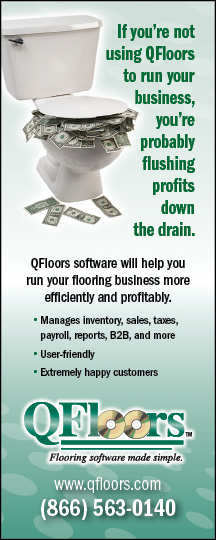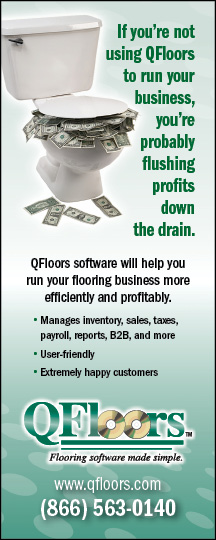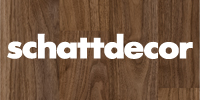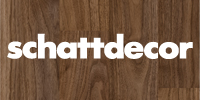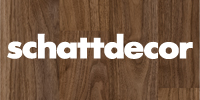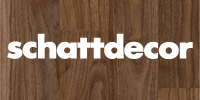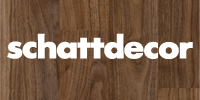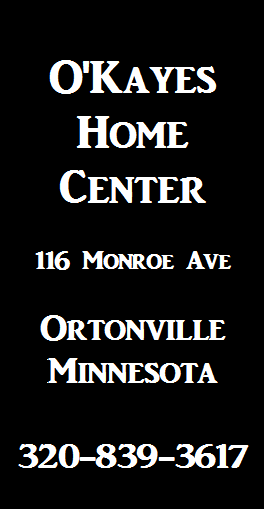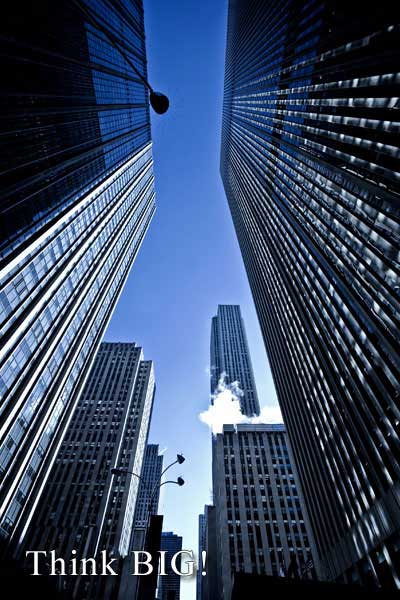
A refreshing alternative about reducing global carbon emissions in a heated climate; not an overly complicated transition. It could make a difference, ecologically speaking.
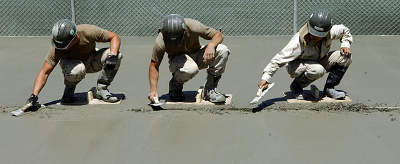
Why sustainable cement? It doesn't leave a heavy carbon footprint. Regular cement is one of the global economy's most carbon-polluting industries. Responsible for about 8% of global carbon dioxide (CO2) emissions in 2015, the cement industry is the third largest greenhouse-gas emitter globally trailing China and the USA if ranked with individual countries.

After Earth Overshoot Day August 22, the day that humanity’s annual demand for ecological resources exceeds earth's capability of regenerating those ecological resources demanded, it directs the reader's attention towards an enormous consumption of ecological resources and the inevitable accumulation of waste; stemming from modern industry activity and the ways that cities are built.
This holiday falls approximately two years to the day that Greta Thunberg organized the first school strike for the climate. Since, Thunberg remains an inspiration to millions of individuals actively and passively engaged in the ongoing struggle, not only for climate justice but for a future of hope. The European parliament was moved to describe the current state as a climate and environmental emergency.
Over those two years humans emitted over 80 billion tons of CO2. Earth experienced the second hottest year on record. Despite the heightened awareness during our climate crisis, one thing is clear: more must be done to address this matter.

At some point during the 19th Century, when the industrial revolution began, humanities carbon footprint was negligible. Though during the past two centuries, the carbon footprint has grown to a number half of the overall ecological footprint; an alarming statistic that suggests people are using more resources annually than the earth is capable of renewing annually.
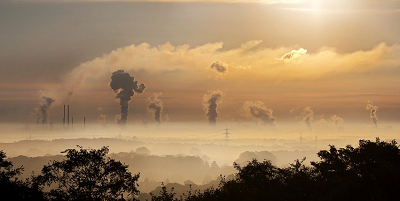
Restoring the balance between our ecological footprint, which includes our carbon footprint (it is important to remember that our carbon footprint is a subset of our ecological footprint) and Earth's renewable resources requires some changes; not the least of which would be decarbonizing our industries and the economy. Minimizing the adverse effects of climate change may be addressed by building cities differently. Replace some materials with others such as sustainable cement!
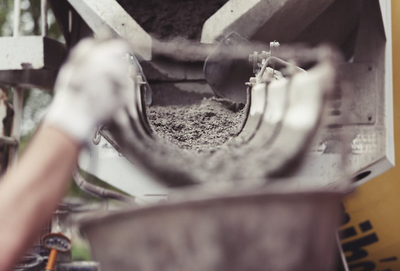
Convincing builders to make the switch is not an effortless task, which requires a meaningful conversation about cement. What is cement? It's the adhesive in concrete. It's durable. It's waterproof. It's a ubiquitous commodity second only to water in terms of use (about 10 billions tons, every year). Since the advent of Portand cement in the early 19th centry, the growth of our built environment is outpacing the growth of our natural environment. Why is this a notable statistic? Our natural environment has been in existense for some time. Precisely what is driving this growth? Rapid urbanization. Within the next three decades, approximately 4 out of 5 of the people in this world are likely to be residing in urban areas.

The environmental cost of constructing engineering marvels is not affordable. Cement production accounts for about 8% of global CO2 emissions, if you exclude other aspsects of construction. Half this figure is the result of chemical reactions inherent in the production process. As agricultural, energy and other industries actively reduce their share of emissions, it may even increase cement's share of human-driven CO2 emissions by the time the midpoint of this century is reached.

Low-CO2 cements are emerging as sustainable alternatives. Portland cement is produced by heating a mixture of limestone and other material to about 1,450 degrees Centigrade. It is a process, which results in chemical reactions that release large amounts of CO2.
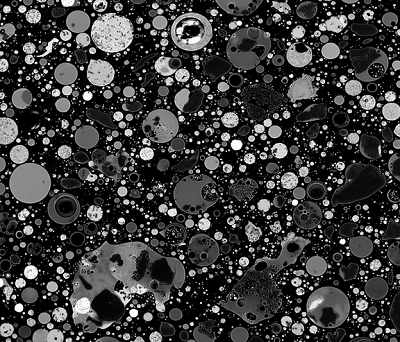
There are alternatives to Portland-Cement. Other materials include ones generated from industrial waste or by-products such as: coal fly ash, blast furnace slag, calcined clays, finely ground limestone or silica fume, which may be blended with cement or as a binder without Portand cement. The above methods of production result in much lower CO2 emissions compared with Portland cement; somewhere between 50% and 80% depending on the method. Other benefits include: enhanced strength, durability, improved sustainability through reduction of CO2 emissions and recycling industrial waste.
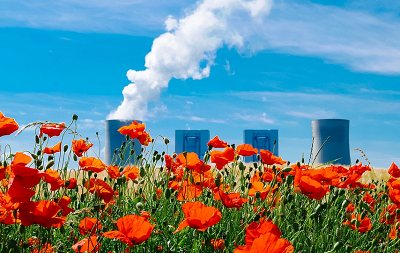
Broadly speaking, the construction industry appears to be taking its time in adopting to sustainable cement technologies. The transition is limited to smaller niche markets. Shifting to sustainable cement technologies that reuse industrial waste is what drives a circular economy.
Floor Covering Media publishes
blog articles called Flooring Briefs.

Floor Covering Media is
a social media network.

Retrieve timely, objective news and
information at https://www.floorsearch.info.





